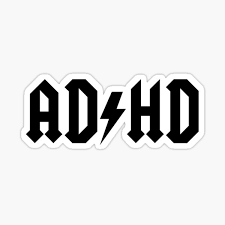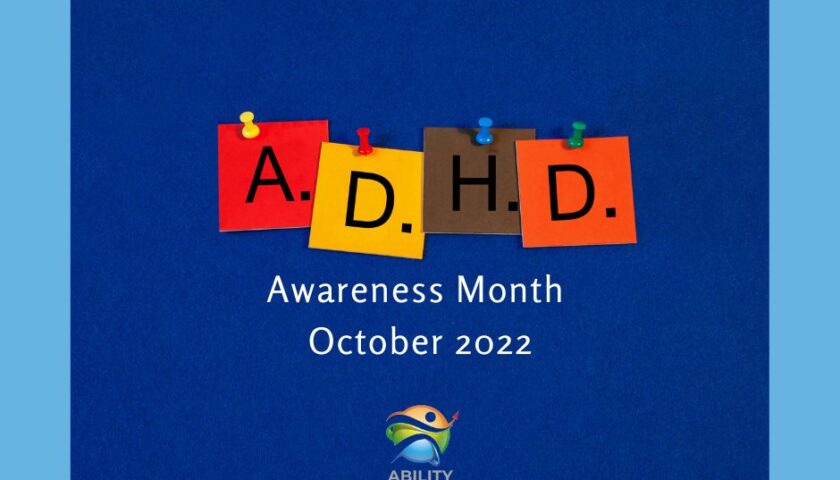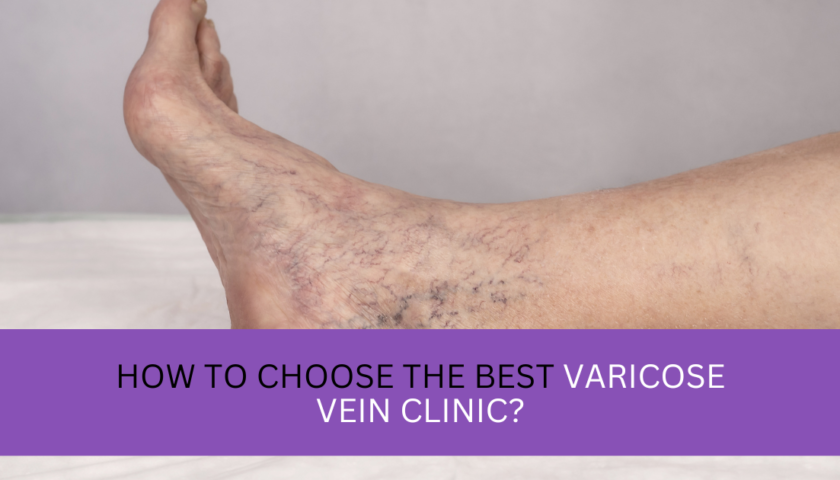For more than a century, attention deficit hyperactivity disorder, or ADHD, has been the focus of much medical and psychological research. Over the years, the disorder—which is typified by impulsivity, hyperactivity, and inattention—has undergone changes in terminology, criteria, and methods of treatment. The development of ADHD drugs is a reflection of both scientific advancements and our expanding understanding of the illness. This article explores the evolution of ADHD therapies from the early 20th century to the present, delving into the history of these drugs.
Initial Diagnoses and Interventions
The late 18th century saw the first accounts of behaviors that are currently linked to ADHD. But it wasn’t until the early 20th century that doctors started classifying these actions under particular diseases. When children showed signs of hyperactivity and learning difficulties in the 1930s, the phrase “minimal brain dysfunction” was used to characterize them.
The effects of stimulants on children with behavioral problems were found in 1937 by psychiatrist Dr. Charles Bradley, marking the first major advancement in the treatment of ADHD. He gave youngsters at the Bradley Home, a residential treatment facility, benzedrine, an amphetamine. Interestingly, he noticed gains in both behavior and academic achievement. The foundation for treating what is today known as ADHD with stimulants was established by this coincidental discovery.
The 1950s to 1980s saw the rise of stimulants
Stimulant-assisted ADHD treatment began to take a more systematic form in the 1950s. First produced in 1944, methylphenidate—better known by its brand name, Ritalin—was first made available as a medication in the 1950s. Ritalin swiftly rose to prominence as the recommended drug for children’s attention problems and hyperactivity. It functioned by raising brain concentrations of the neurotransmitters norepinephrine and dopamine, which are essential for controlling behavior and attention.
The 1960s and 1970s saw an increase in the use of stimulants. The Diagnostic and Statistical Manual of Mental Disorders (DSM-II), which was released in 1968, established the diagnostic criteria for ADHD, which was previously known as hyperkinetic response of childhood. During this time, more stimulants were prescribed, mostly because they were effective in lowering the fundamental symptoms of inattention, impulsivity, and hyperactivity.
Increasing Access to Treatment: The Nineties
When it came to treating ADHD, the 1990s were a turning point. The modified diagnostic criteria in DSM-IV, which included the name Attention Deficit Hyperactivity Disorder with three subtypes—primarily inattentive, largely hyperactive-impulsive, and combination type—reflected the disorder’s major expansion in recognition.
During this period, developments in medicine led to the introduction of new stimulant drugs with extended half-lives. The FDA approved Adderall, a combined amphetamine salt, in 1996. Patients’ compliance and convenience were enhanced by Adderall’s longer-lasting symptom relief, in contrast to previous drugs that needed to be taken numerous times a day.
In addition, non-stimulant drugs were developed in the 1990s. The first non-stimulant drug licensed for use particularly in treating ADHD was atomoxetine (Strattera), which was released in 2002. For patients who did not respond well to stimulants or who encountered negative side effects, atomoxetine selectively inhibits the reuptake of norepinephrine.
Modern Progress and Uncharted Territory: 2000s to Present
With an emphasis on increasing patient adherence, decreasing side effects, and increasing efficacy, ADHD pharmaceutical development has continued into the twenty-first century. Because they provide once-daily dose that helps maintain consistent symptom control throughout the day, extended-release formulations have grown in popularity.
The 2007 release of vyvanse (lisdexamfetamine dimesylate) is a noteworthy development. Being a prodrug, vyvanse is dormant until the body metabolizes it. Because of its longer duration of action and lower misuse potential, this feature makes it a good choice for a lot of patients.
Personalized medicine has become more and more important in the treatment of ADHD in recent years. The goal of genetic and neuroimaging research is to find biomarkers that can forecast a person’s reaction to a particular drug. By customizing drugs to each patient’s specific neurobiological profile, this method could completely change the way ADHD is treated by increasing efficacy and reducing side effects.
Furthermore, studies on non-stimulant drugs are still ongoing. Originally created to treat hypertension, guanfacine (Intuniv) and clonidine (Kapvay) have been shown to be useful in treating symptoms of ADHD, especially in people with co-occurring disorders such tics or anxiety.
Difficulties and Debates
The development of ADHD medications has advanced, yet there are still issues and disagreements in the industry. The risk of overdiagnosis and overmedication is one of the main issues. Questions have been raised concerning the criteria used to diagnose ADHD and the temptation to medicate children in order to enhance academic performance, particularly in light of the rise in ADHD diagnoses and stimulant prescriptions, especially in the United States.
The long-term consequences of ADHD drugs are a topic of continuous discussion. Although the short-term benefits are widely established, research is still ongoing to determine the long-term effects on cardiovascular health, brain development, and the likelihood of substance misuse.
Holistic and Integrative Methods
Integrative and natural approaches to controlling ADHD are becoming increasingly important in addition to pharmaceutical therapies. A thorough treatment approach must include behavioral therapies, parent education, cognitive-behavioral therapy (CBT), and school-based interventions. The goal of these non-pharmacological techniques is to provide ADHD sufferers and their families with the tools necessary to successfully control symptoms.
Furthermore, it has been demonstrated that lifestyle changes including consistent exercise, a healthy diet, enough sleep, and mindfulness exercises can improve general wellbeing and lessen the symptoms of ADHD. These methods highlight how crucial it is to address ADHD’s complex character in addition to treating it with medication.
Prospective Courses
The development of ADHD medications appears to have a bright future as research into the neurology of the illness is still ongoing. Genetics, neuroimaging, and computational modeling advances could lead to the identification of new therapeutic targets and more accurate interventions.
The investigation of digital therapies and neurofeedback is one fascinating direction. In digital treatments, symptoms are managed and cognitive functions are enhanced by software-based interventions that are frequently provided through smartphone apps. Biofeedback in the form of neurofeedback teaches people to control their brain activity, providing a non-invasive symptom management solution.
The field is also leaning toward a more complex view of ADHD as a diverse disorder. This viewpoint acknowledges that each person experiences ADHD in a different way, making individualized treatment plans that take into account the particular requirements and traits of every patient necessary.
In summary
Considerable progress has been made in our knowledge and management of this complicated illness, as evidenced by the development of ADHD drugs. There has been constant innovation and improvement in the field of ADHD medicine from the coincidental discovery of stimulant effects in the 1930s to the creation of individualized and integrated treatment approaches today.
The future of personalized medicine and the combination of pharmaceutical and non-pharmacological approaches promises more effective and individualized treatments for ADHD sufferers. Even if there are still issues and disagreements, the advancements made so far offer a strong basis for upcoming changes in ADHD treatment, which will eventually seek to enhance the lives of those who are impacted by the condition.





